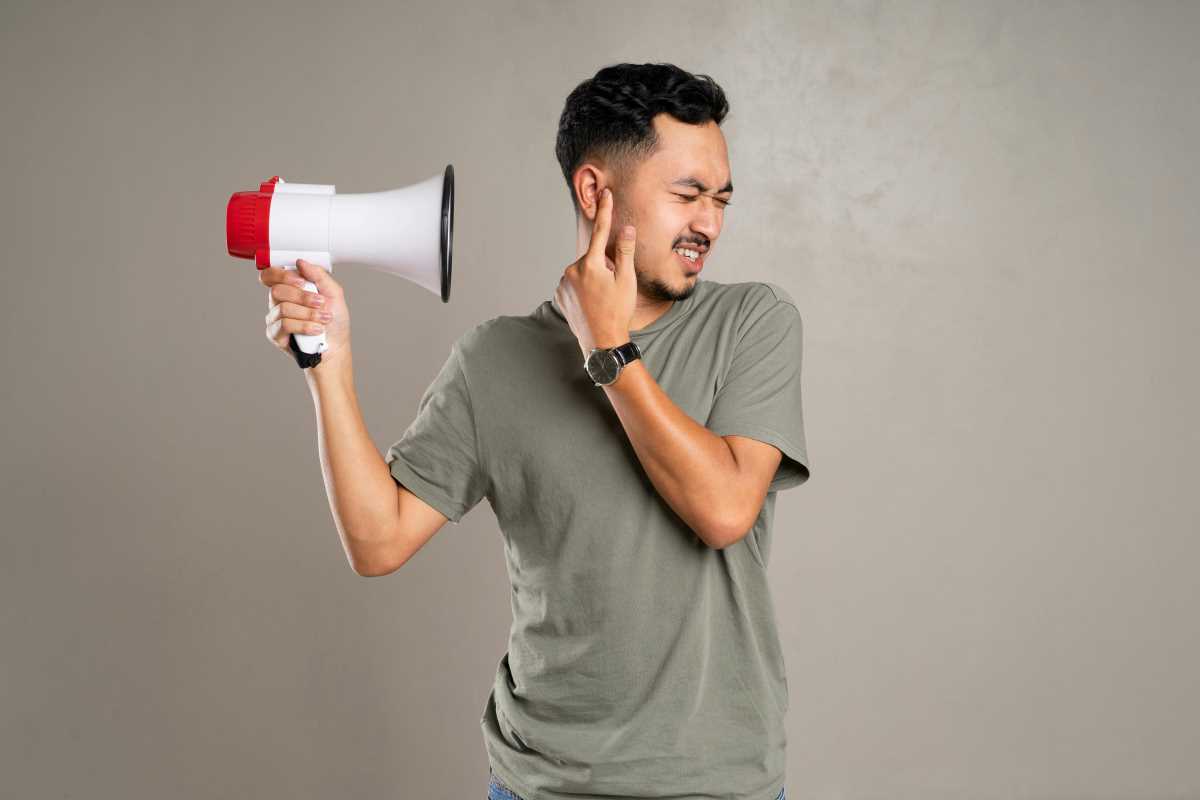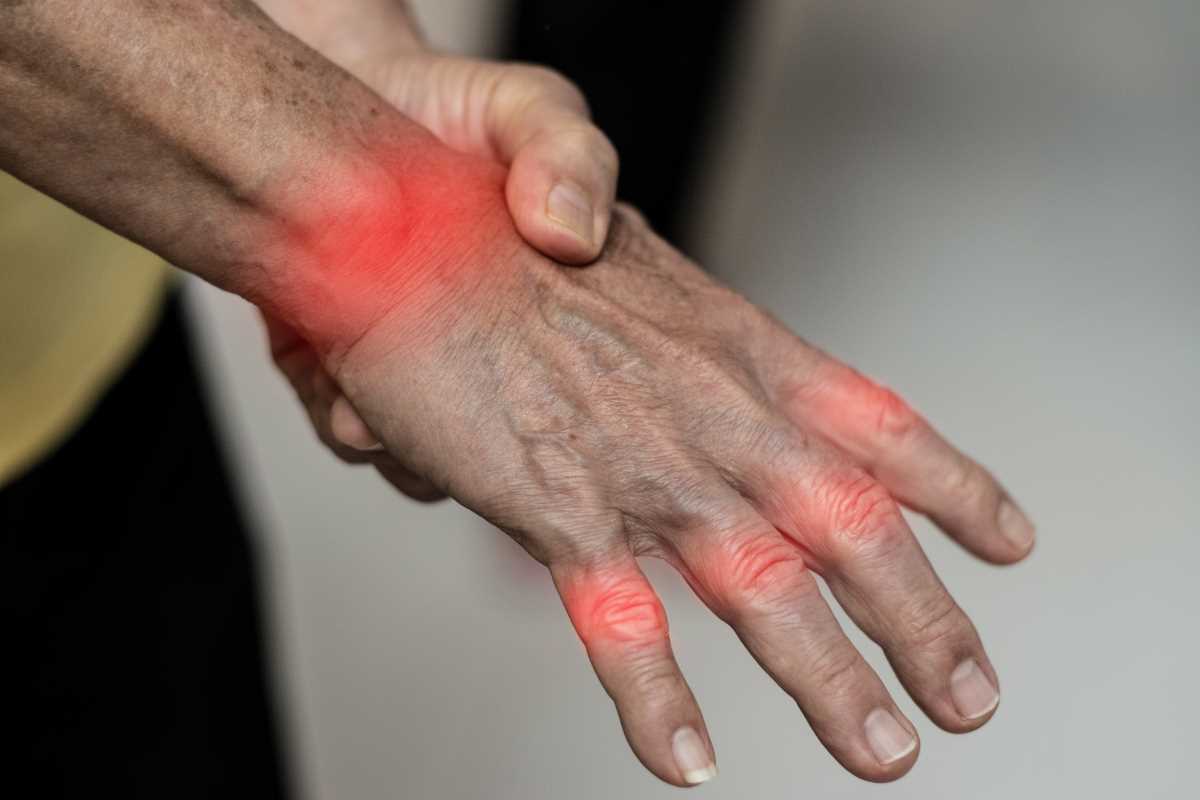In recent years, the convergence of technology and healthcare has opened new avenues for addressing various medical conditions. One such intersection is between hearing loss and virtual reality (VR) experiences. As VR technology advances, its potential applications in therapeutic settings for individuals with hearing impairments have garnered significant attention. This exploration delves into how VR can influence and support those experiencing hearing loss, examining the physiological aspects, potential benefits, challenges, and the current state of research in this emerging field.
The Physiology of Hearing Loss
Hearing loss, a prevalent condition affecting millions worldwide, can result from a variety of factors. Understanding the physiological underpinnings is essential for developing effective interventions and treatments.
- Conductive Hearing Loss: Occurs when sound waves are impeded from reaching the inner ear due to blockages or damage in the outer or middle ear.
- Sensorineural Hearing Loss: Results from damage to the inner ear or the auditory nerve, often irreversible and commonly caused by aging or exposure to loud noises.
- Mixed Hearing Loss: A combination of both conductive and sensorineural hearing loss, involving complexities from both ear regions.
- Central Hearing Loss: Involves issues within the central nervous system pathways that process auditory information, less common but significantly impactful.
Common causes of hearing loss include prolonged exposure to high-decibel environments, genetic predispositions, infections, ototoxic medications, and age-related degeneration. Each type of hearing loss presents unique challenges and necessitates tailored approaches for management and rehabilitation.
Virtual Reality as a Tool for Hearing Loss
Virtual Reality offers immersive environments that can simulate real-world auditory experiences, providing innovative avenues for therapy and rehabilitation. By creating controlled and customizable settings, VR can assist individuals with hearing loss in several ways.
One application is auditory training, where users can engage in exercises designed to improve their ability to discern and interpret sounds. VR can simulate various environments, allowing users to practice in settings that mimic everyday scenarios. This enhances their auditory processing skills in a safe and adaptable manner. VR can also be integrated with other assistive technologies, such as hearing aids or cochlear implants, to create a more comprehensive rehabilitation experience.
Challenges of VR in Hearing Loss Treatment
- Technological Accessibility: High costs and the need for specialized equipment can limit accessibility for many individuals, particularly those in low-income settings.
- Customization Needs: Hearing loss varies widely among individuals, necessitating highly personalized VR experiences that can adapt to specific auditory deficits.
- Integration with Existing Therapies: Seamlessly incorporating VR-based interventions with traditional hearing loss treatments requires careful coordination and can be complex.
- User Comfort and Safety: Prolonged use of VR headsets may cause discomfort or motion sickness, posing barriers to consistent therapy sessions.
- Lack of Standardized Protocols: The absence of universally accepted guidelines for VR use in hearing loss treatment hinders widespread adoption and consistent outcomes.
Addressing these challenges is crucial for effectively implementing VR technologies in therapeutic settings. Ongoing advancements in VR hardware and software, coupled with increased research and development, are paving the way for overcoming these obstacles.
Current Research and Studies
Recent studies have begun to illuminate the potential of virtual reality experiences to mitigate the effects of hearing loss. Researchers are exploring how immersive environments can enhance auditory training, improve speech recognition, and support cognitive functions that are often affected by hearing impairment.
One notable study demonstrated that participants using VR-based auditory training showed significant improvements in their ability to understand speech in noisy environments compared to those undergoing traditional therapy. Another research project investigated the use of VR for auditory rehabilitation in children with hearing loss, aiming to develop age-appropriate interventions that can be integrated into educational settings. These studies highlight the promising role of VR in enhancing the quality of life for individuals with hearing impairments and point towards a future where technology plays a central role in hearing health management.
While challenges such as accessibility, customization, and integration remain, ongoing research and technological advancements continue to unlock VR's potential for supporting individuals with hearing impairments. As the field evolves, future possibilities may include more personalized and effective VR-based interventions, ultimately contributing to improved hearing health and overall well-being.
 (Image via
(Image via





